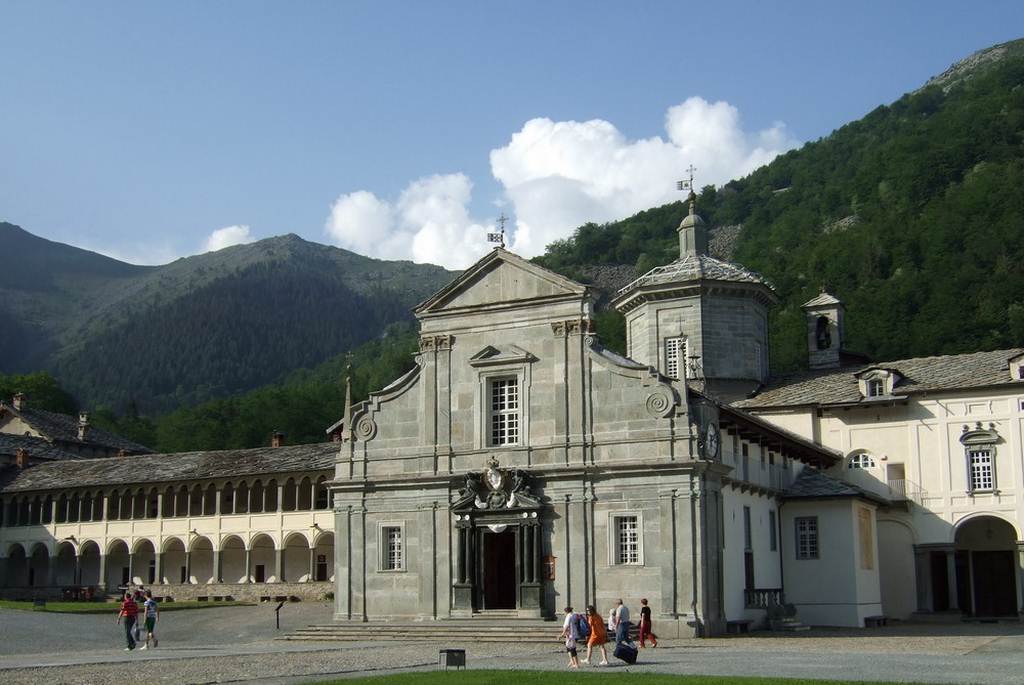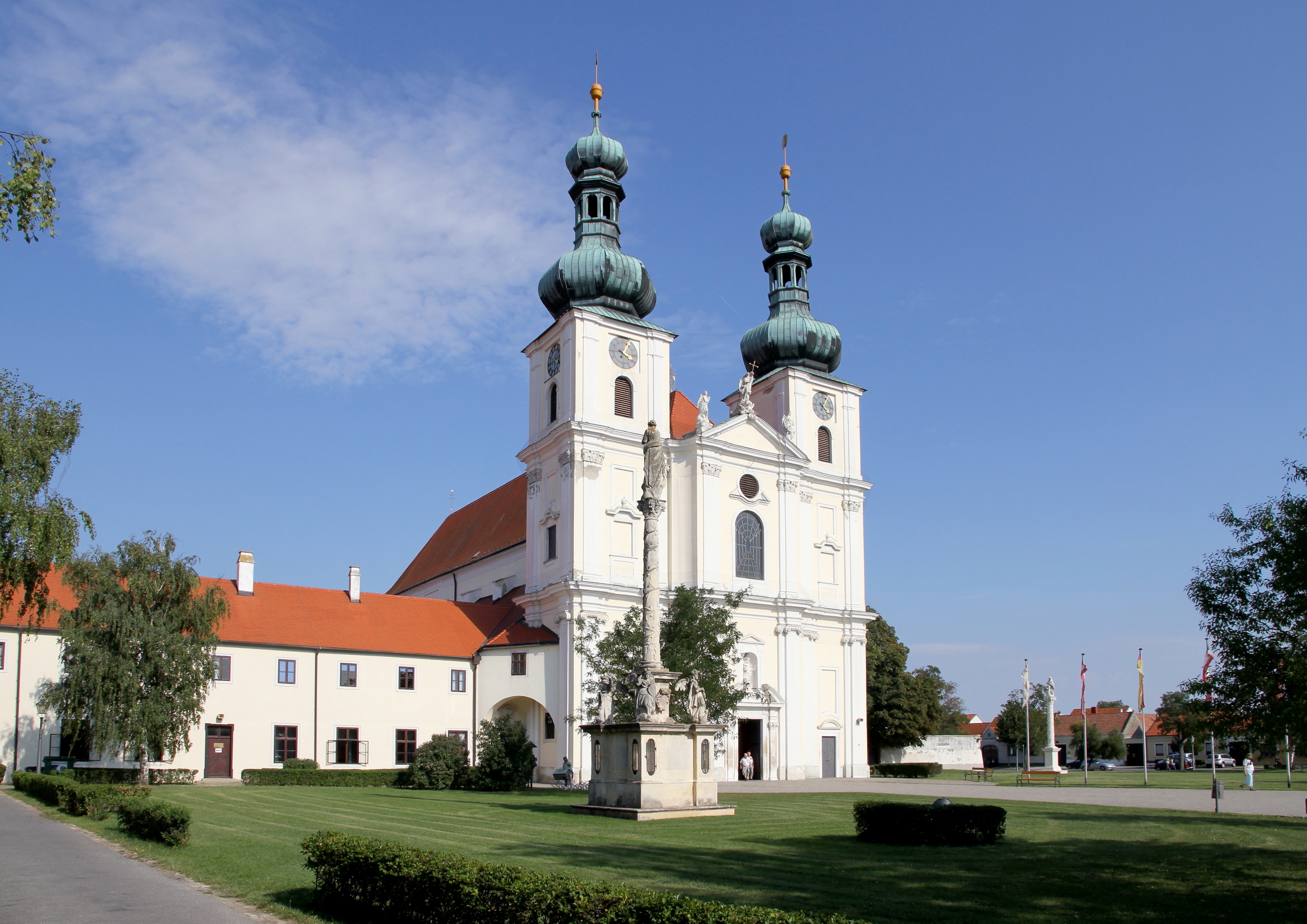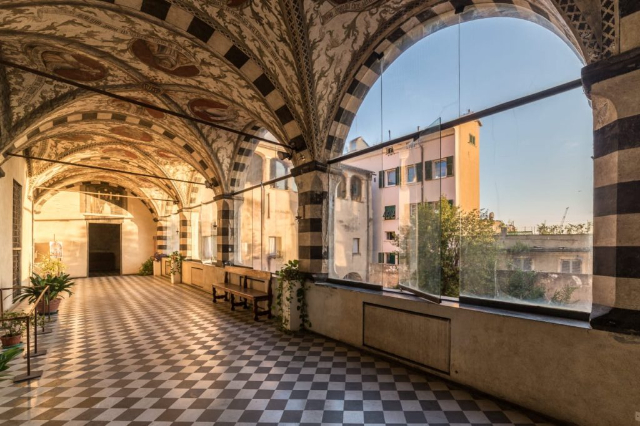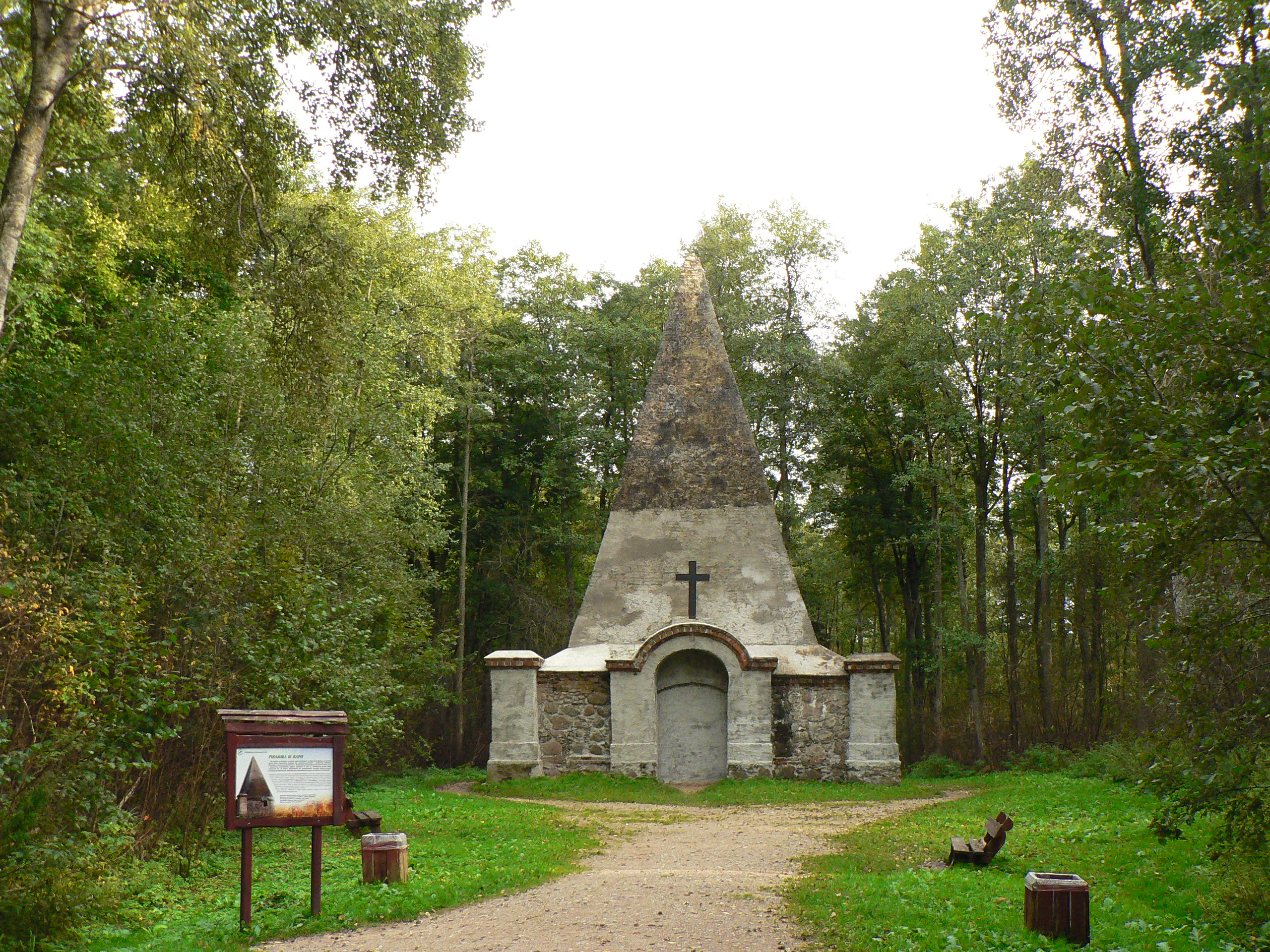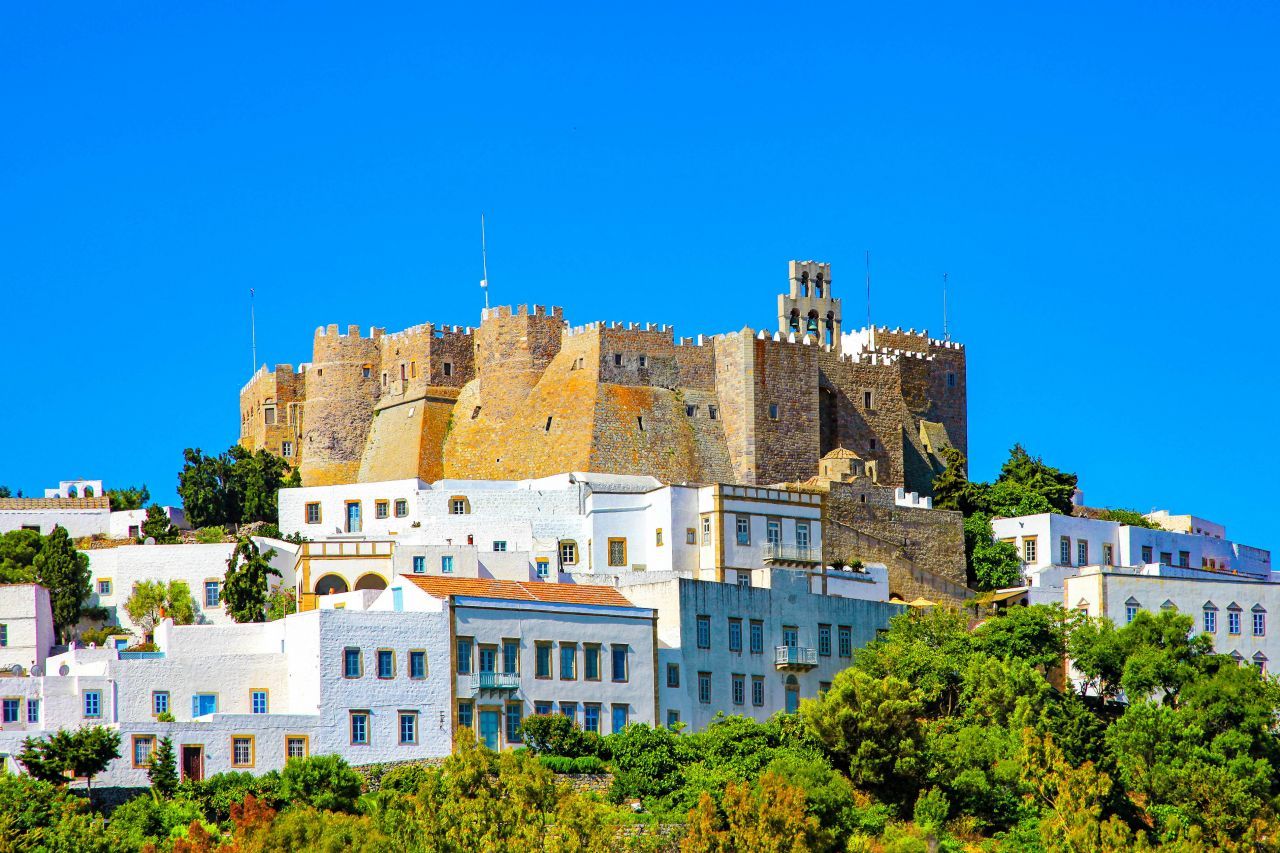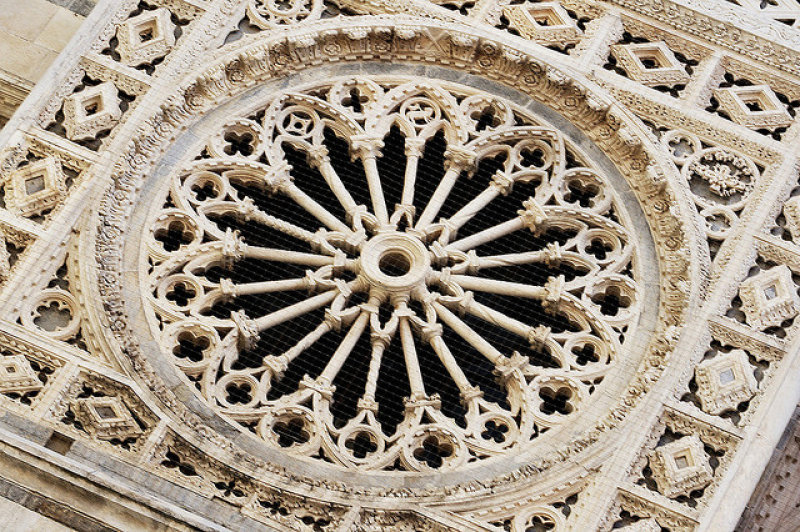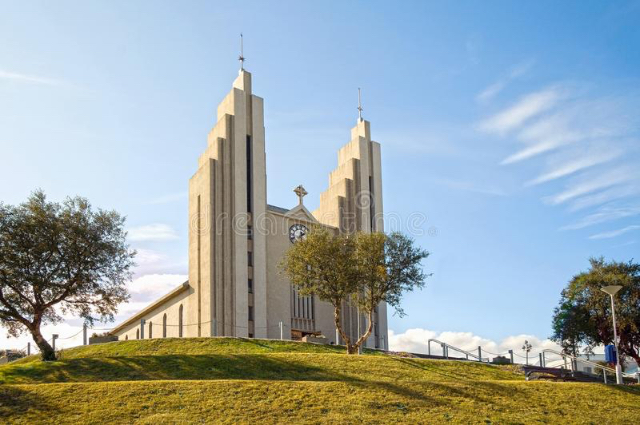According to tradition, the origin of the shrine is to be placed in the 4th century by St. Eusebius, the first bishop of Vercelli.
The earliest written documents that speak of Oropa, dating from the early 13th century, report the existence of the primitive Churches of St. Mary and St. Bartholomew, of a hermitic character, which constituted a fundamental point of reference for viatores (travelers) passing through from the east to the Aosta Valley.
o spanoramaviluppointment of the shrine underwent several transformations over time, until it reached its monumental dimensions today.
The Church of the Black Madonna The spiritual heart of the Sanctuary, the Basilica Antica was built in the 17th century, following a vow made by the City of Biella during the plague epidemic of 1599. In 1620, with the completion of the Church, the first of the solemn coronations that have marked the history of the Shrine every hundred years was held. The façade, designed by architect Francesco Conti, simple in the elegance of the greenish veins of Oropa stone, is ennobled by the darker portal, which bears the Savoy coat of arms of Duke Charles Emmanuel II at the top, supported by two stone angels. The inscription imprinted on the facade of the ancient Basilica, "O quam beatus, o Beata, quem viderint oculi tui": "Oh, truly blessed is he, O Blessed Virgin, on whom your eyes rest," from the first decades of the 17th century has been the augural greeting that the pilgrim, having reached his goal, receives as he crosses the threshold of the Basilica.
Raised on the site of the ancient church of St. Mary, it preserves inside, like a precious casket, the Eusebian sacellum. Precious frescoes dating back to the 14th century, the work of an unknown painter known as the Master of Oropa, can be seen in the dome and the interior walls of the Sacellum. In 1957 Pius XII decorated it with the title of "Basilica Minore Pontificia."
Inside the Sacellum is kept the statue of the Black Madonna, made of stone pine wood by the chisel of a sculptor from Valle d’Aosta in the 13th century. The blue mantle, dress and golden hair frame the face painted black, whose sweet and austere smile has welcomed pilgrims over the centuries. It has been found that on the face of the Madonna and Child, dust never settles. The fact is publicly attested by can. Augustine Penna. The statue, despite the centuries, shows no signs of wear and tear. Its foot, despite the custom of being touched repeatedly by pilgrims, even with souvenir objects, does not show even a scratch. In 1621 two attempts were made, at different times, to transport the Holy Statue to a location closer to Biella; one on the Cossila side, the other toward Pralungo. But both attempts failed: a short distance from the Shrine the Statue became so heavy that the bearers could not continue the transport. It lost its extraordinary weight only when they set about to carry it back to its primitive shrine.
The simulacrum represents Our Lady in the mystery of the presentation of the Child to the Temple and her Purification. In fact, the Child bears the dove and the Virgin extends her right arm with the palm of her hand to enclose the coins of the offering.
In 1957 Pius XII decorated it with the title of "Minor Pontifical Basilica."
Inside the Sacellum is kept the statue of the Black Madonna, made of stone pine wood by the chisel of a sculptor from Valle d’Aosta in the 13th century. The blue mantle, dress and golden hair frame the face painted black, whose sweet and austere smile has welcomed pilgrims over the centuries. It has been found that on the face of the Madonna and Child, dust never settles. The fact is publicly attested by can. Augustine Penna. The statue, despite the centuries, shows no signs of wear and tear. Its foot, despite the custom of being touched repeatedly by pilgrims, even with souvenir objects, does not show even a scratch. In 1621 two attempts were made, at different times, to transport the Holy Statue to a location closer to Biella; one on the Cossila side, the other toward Pralungo. But both attempts failed: a short distance from the Shrine the Statue became so heavy that the bearers could not continue the transport. It lost its extraordinary weight only when they set about to carry it back to its primitive shrine.
The simulacrum represents Our Lady in the mystery of the presentation of the Child to the Temple and her Purification. In fact, the Child bears the dove and the Virgin extends her right arm with the palm of her hand to enclose the coins of the offering.
o spanoramaviluppointment of the Shrine underwent several transformations over time, until it reached its monumental dimensions today.
he Upper Basilica is a ‘grandiose work desired by the last generations of Biellese and by many devotees to the Brown Virgin, whose testimony has been left in the suffrage crypt below, which houses in its marble facing the carved names of devotees; an interesting and rare collection of cribs from all over the world can be admired here, a testimony of faith and of various cultures that have crossed the boundaries of time and space to reach the arms of the Black Madonna of Oropa.
